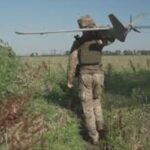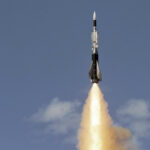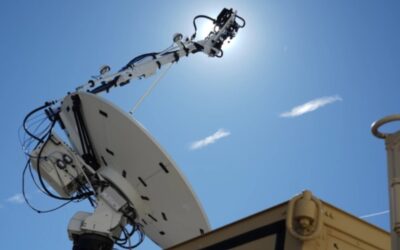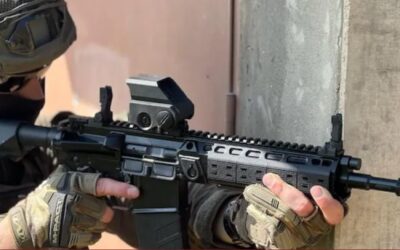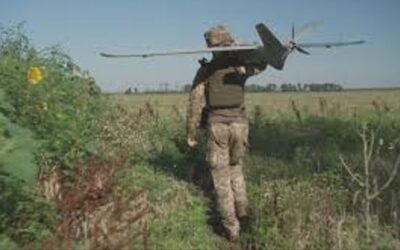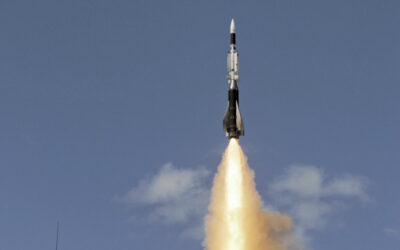The US Space Force has unveiled its new Remote Modular Terminal (RMT) weapon system. The system has completed its…

Mini-drones have become indispensable on the modern battlefield, as witnessed in the operational theatre of Ukraine.
Deployed in less than 20 minutes, mini-drones play a catalytic role in mission support. In fact, the Spy’Ranger mini-UAVs (SMDR – reconnaissance mini-UAV system) are combat-proven systems having carried out almost 6.000 flights and 5.000 flight hours, having been in service with the French forces since late 2020.
According to Thales, the Spy’Ranger mini-drone systems (330 and 550 variants) unlock a new era in the collection of intelligence, surveillance, and reconnaissance missions by advanced units, as large tactical drones cannot provide the agility that combatants need on the frontline to act without any delay in rapidly-changing military scenarios.
On the contrary, the systems in question can provide units deployed on the frontline with autonomous intelligence gathering and offensive reconnaissance capabilities, allowing them greater versatility, improved protection, and seamless connection.
Spy’Ranger 330 / Spy’Ranger 550 technical characteristics:
- Endurance: 3 hours / 5 hours
- Speed: 65 to 90 km/h
- Operational range: 30 km / 50 km
- Engine: Electric
- Weight: 15 kg / 25 kg
- Wingspan: 4 meters / 5,2 meters
Specifically, the Spy’Ranger 330 and Spy’Ranger 550 now offer contact units the capability to collect image-based intelligence (IMINT) and electromagnetic signal intelligence (SIGINT) for mission preparation and conduct as well as for fire support in the field.
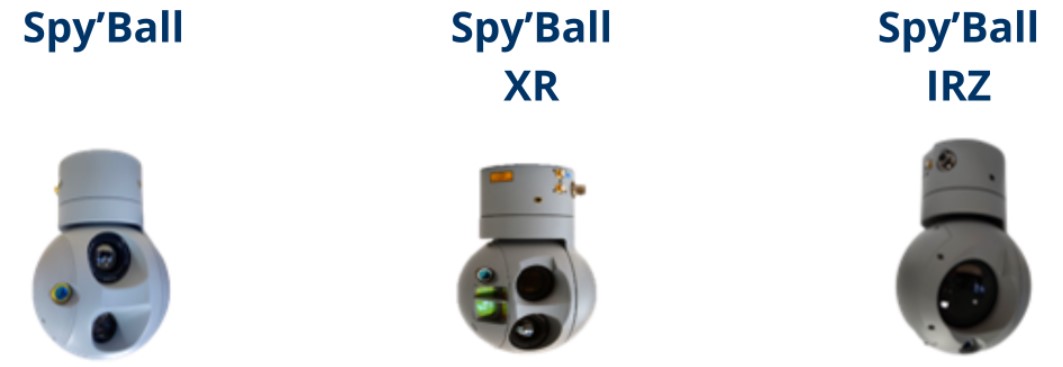
Particularly, regarding image-based intelligence (IMINT) for positive threat identification, the Spy’Ranger systems can feature variants of the Spy’Ball family of optronic payloads such as Spy’Ball, Spy’Ball XR, and Spy’Ball IRZ, and a new SIGINT mission system for detection and wide-field geolocation. In addition, the systems integrate µTMA secure datalink, while both Thales’ systems are operated by two users from the Spy’C multi-drone command and control station.
Apart from these, Thales has developed interfaces enabling Spy’Ranger systems to be interoperable with command information systems such as ATAK – Delta Suite or fire control systems like the ATLAS system, also being capable of ‘surviving’ radio frequency jamming as well as GPS-type satellite signal jamming.
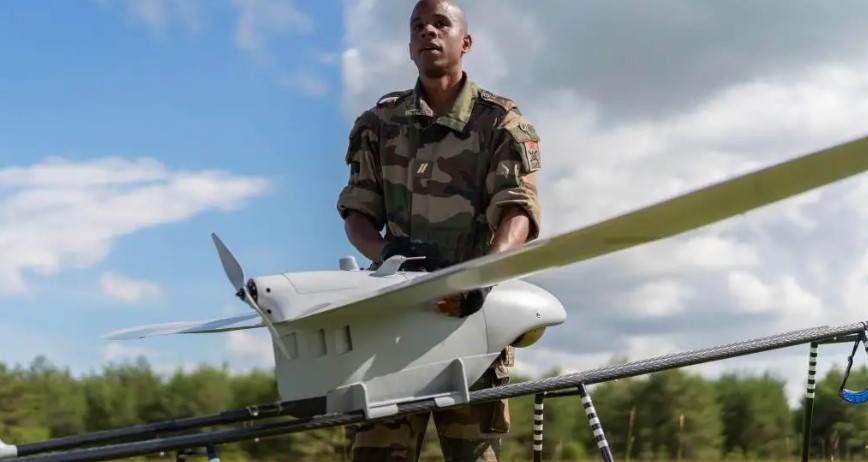
When both mini-drones, 330 and 550, are deployed for the same mission, a first drone can film the area of interest for several hours, until it reaches the limits of its endurance. A second drone is then launched to take over without any interruption in surveillance. The first drone lands, the operator replaces its batteries and carries out routine checks to prepare for a new take-off and maintain permanent surveillance.
The additional possibility of using SIGINT and IMINT payloads simultaneously provides even greater area surveillance. A first SIGINT drone provides 360° observation over several kilometers and detects any electromagnetic activity.
Then, a second drone equipped with IMINT payload can make a positive identification of the target, a decisive asset for the outcome of modern military operations as they speed up the application of the OODA (Observe-Orient-Decide-Act) model, as the four phases of the loop are implemented faster.
Also read: Jackal VTOL Drone | Completes first firing of Thales Lightweight Multirole Missile
READ MORE
ASCANIO | Made-in-Cyprus Mixed Reality training
https://defenceredefined.com.cy/ascanio-made-in-cyprus-mixed-reality-training/Technology is advancing at an accelerated pace and so do the training requirements of those holding high-risk positions.
IWI | Introduces Micro Folding Battle Sights to enhance Co-Witness capabilities
IWI (Israel Weapon Industries), a member of the SK Group, has unveiled its new Micro Folding Battle Sights (MFBS).
Hellenic Entrepreneurs Association | Ideas & Positions for the Promotion of Greek Entrepreneurship
The members of the Hellenic Entrepreneurs Association (E.E.N.E.) participated in a roundtable discussion entitled “Ideas, Positions…
Ukraine | Increase in defence spending by 367 million euros for the acquisition of drones
Kiev is increasing spending by 15.5 billion hryvnias (367 million euros) to bolster Ukraine’s armed forces with drones, according to…
HMoND | The legislative initiative for HCDI is under consultation
The legislative initiative of the Ministry of National Defence, under the title: “Establishment of the Hellenic Center for Defence…
Russia | Cluster bombs hit residential area in Odessa
Images from Russia’s strike in the heart of Odessa, which hit the so-called “Harry Potter Castle”, a former politician’s mansion now…
France | Industries prioritize orders of anti-aircraft missiles
The Armed Forces Ministry of France has instructed industries involved in the production of Aster anti-aircraft and anti-ballistic…
Ecuador | Appeals to International Court of Justice denouncing Mexico
Ecuadorian police stormed the Mexican embassy hours after the Mexican government granted former Vice President…









